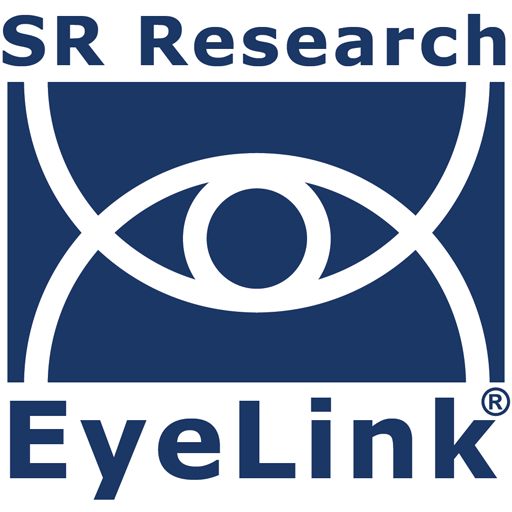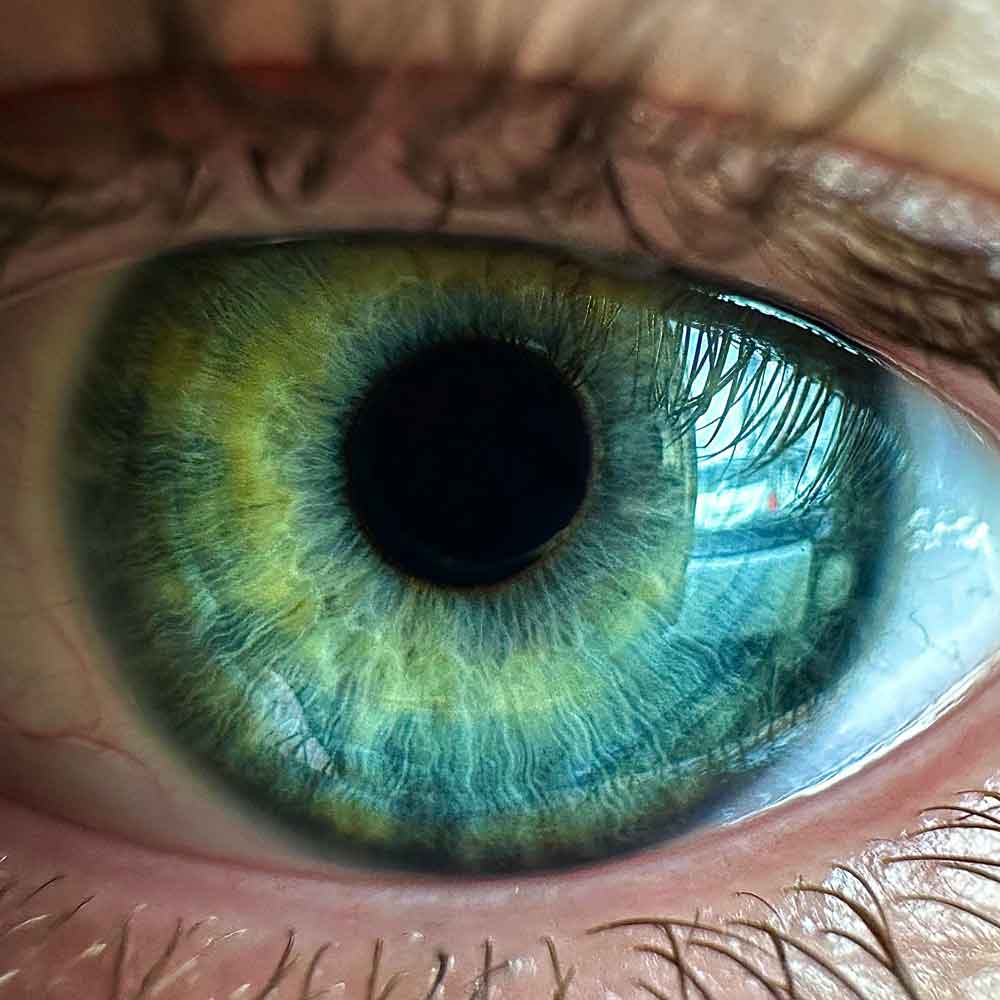
Eye-tracking technology offers a direct, real-time window into the human mind, measuring the intricate patterns of eye movements that are fundamentally linked to cognitive processes. By tracking precisely where and when a person looks, researchers can make powerful inferences about attention, memory, executive function, decision-making and much more. In the field of cognitive research, eye tracking has become an essential methodology for objectively studying the workings of the mind.
Benefits of EyeLink Eye Trackers for Cognitive Research
For researchers in the field of cognitive science, EyeLink eye trackers provide the gold standard in accuracy, precision, and reliability. The versatile EyeLink 1000 Plus is a lab-based system, while the EyeLink Portable Duo allows researchers to generate the same high-quality gaze and pupil size data in real-world settings such as schools. Both systems can be integrated easily with other biometric recording devices, including EEG, TMS, and fNIRs. The EyeLink 1000 Plus also works in MRI and MEG scanners. The recently developed EyeLink 3 allows researchers to explore how head and eye movements combine during common cognitive tasks such as visual search and free viewing. Key areas in which EyeLink systems are used by cognition researchers include:
- Attention and Visual Search: Researchers use eye tracking to determine how we locate objects in a cluttered environment and how our attention is directed. Eye tracking directly measures overt and covert attention, revealing the strategies our brains use to efficiently scan and select relevant information.
- Cognitive Load / Mental Effort: Pupil size is intimately linked to “mental workload”, and researchers use eye trackers to record pupil size during task performance and understand how processing load varies within and across tasks.
- Memory and Learning: By tracking gaze patterns during learning and recognition phases, researchers can see how visual attention influences what information is encoded into memory and how it is retrieved.
- Problem Solving and Decision Making: Eye tracking can provide a window into reasoning processes by showing what information a person prioritises when solving a problem, making a choice, or playing a strategic game.
- Social Cognition: Eye tracking provides powerful insights into how we perceive and interpret social cues. Researchers track eye movements while participants view emotional faces or social scenes to study processes like emotion recognition, empathy, and theory of mind.
- Expertise and Skill Acquisition: Researchers use eye tracking to compare the visual strategies of experts and novices in various fields, from surgeons and radiologists to pilots and athletes. This research identifies the efficient gaze patterns that define expert performance, and can be used to inform training methods.
Case Study Examples of EyeLink Eye Trackers in Cognitive Research
Powerful Software Solutions
A core advantage of the EyeLink ecosystem is its sophisticated and well-integrated software. Experiment Builder offers a user-friendly graphical interface for creating a vast range of cognitive tasks that present images, videos, text and audio, all with microsecond precision. For studies of cognition involving interactive media, WebLink records gaze behavior while participants interact with websites, software applications and even tablets and mobile phones. Data Viewer provides a comprehensive toolkit for visualizing, analysing and reporting eye-tracking data. EyeLink systems also offer seamless compatibility with popular third-party stimulus presentation software, including PsychoPy, E-Prime, MATLAB with Psychtoolbox, and Presentation, allowing researchers to adapt and integrate existing tasks with ease.
The unparalleled combination of high-performance hardware and powerful, flexible software makes the EyeLink family of eye trackers a great choice for researchers dedicated to advancing the frontiers of cognitive science.
For further information regarding how SR Research eye trackers can help your research, please contact us. We are happy to help! To see peer-reviewed published research with EyeLink eye trackers, see our list of over 13,000 publications and our case studies.





